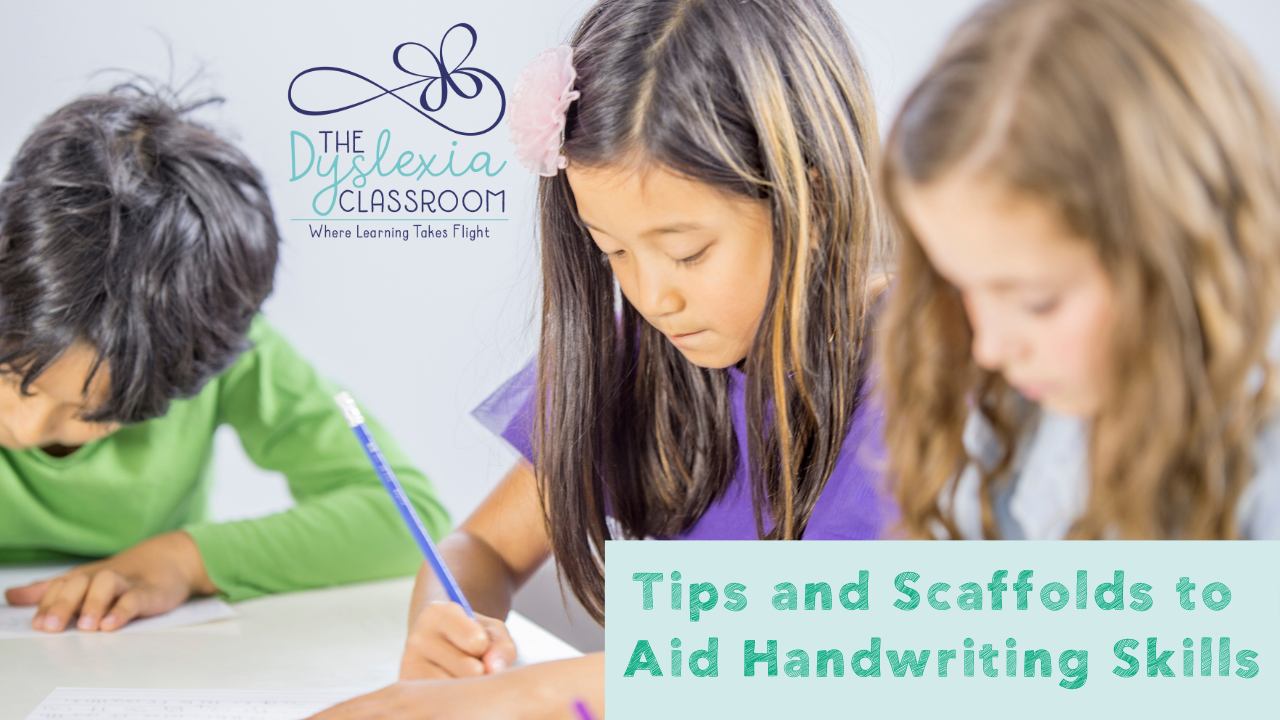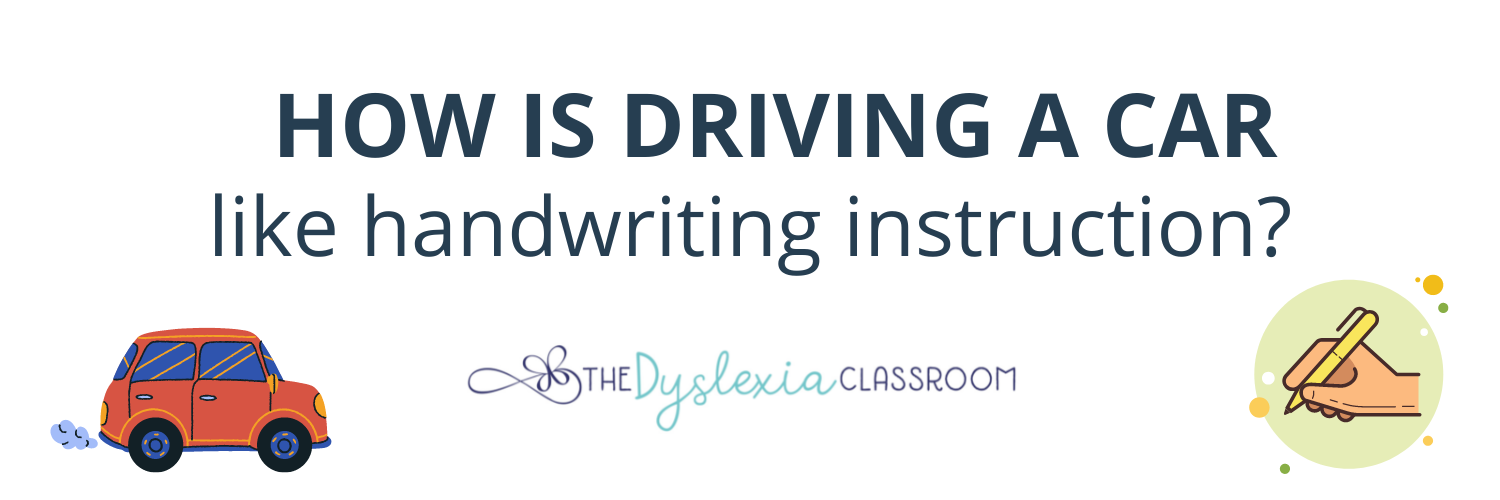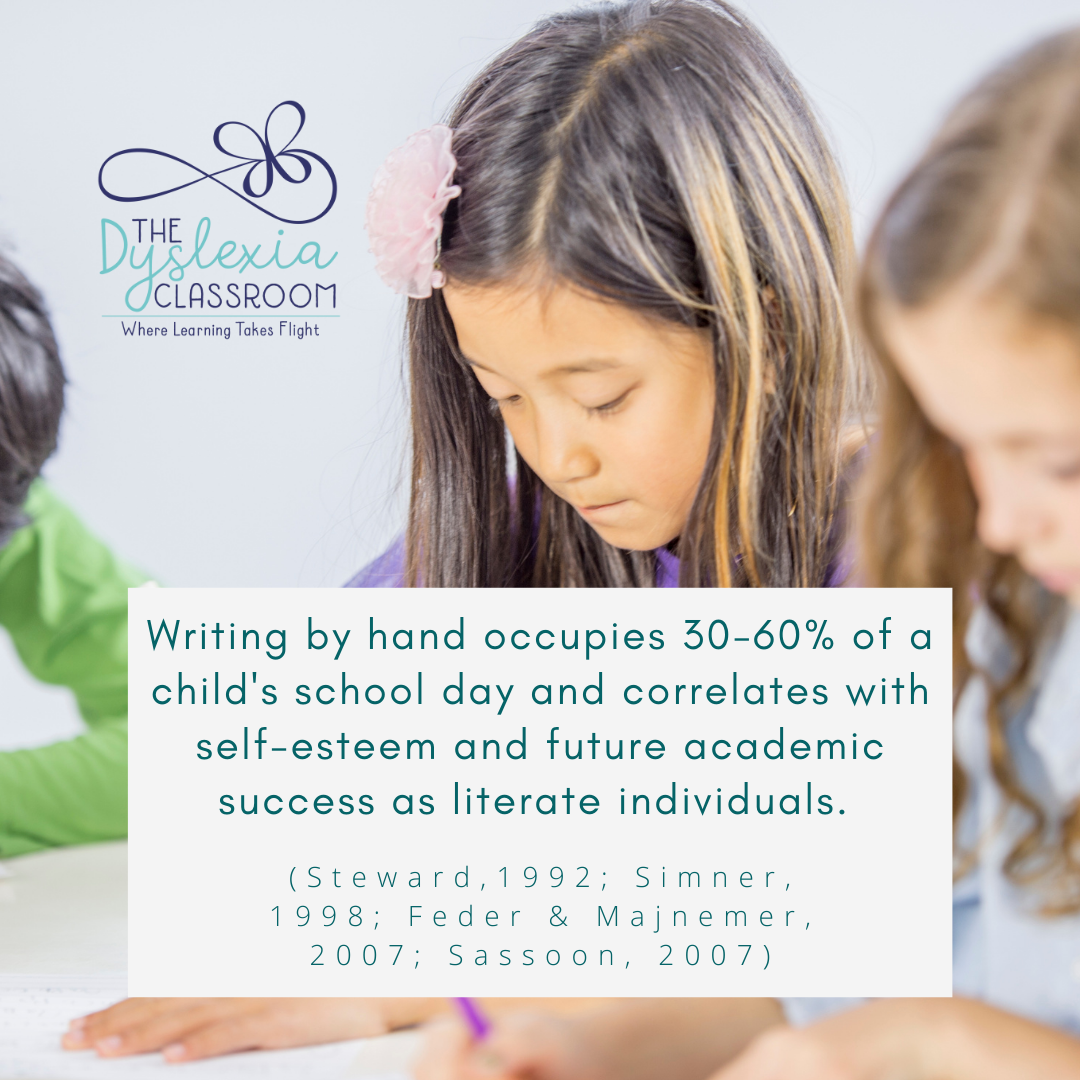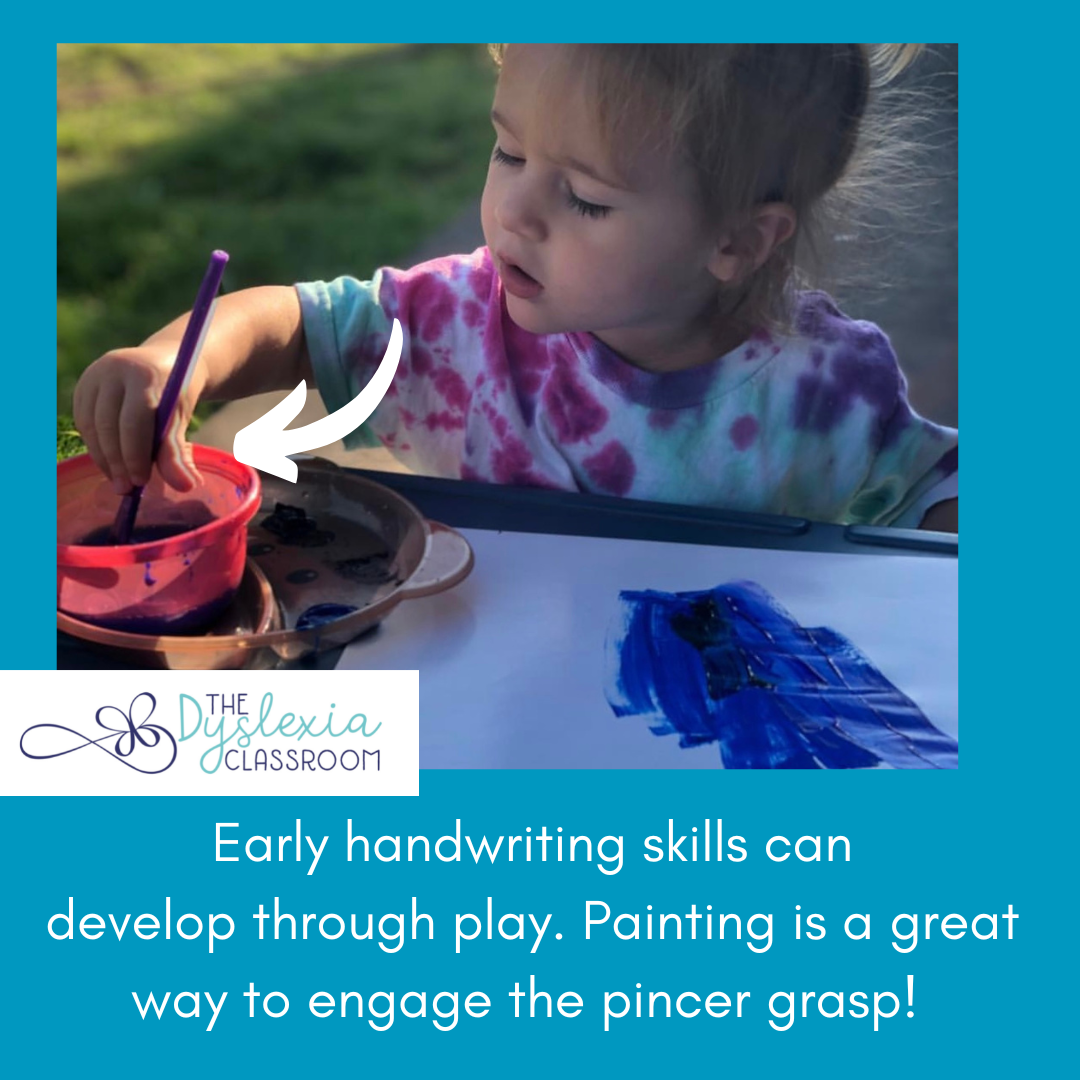Tips and Scaffolds to Aid Handwriting Skills

Do you remember when you first learned to drive a car? There is a lot of thinking going on! The number of things you had to think about - how to start the vehicle, checking the mirrors, making sure the seat was in the correct position, looking carefully at the dashboard, making sure you used your blinker, the list goes on and on.

Learning to write legibly is similar to learning how to drive a car. At first, it takes a lot of practice and cognitive energy, but once automatic driving and handwriting are done easily, it frees up mental energy for other things. A lot is going on.
Handwriting instruction is essential for all students, especially those with dyslexia and dysgraphia. Until students can form letters with reasonable legibility and speed, their concentration and focus are often spent on letter production. When students have not reached automaticity of letter formation, it taxes the working memory and places higher demands on cognitive resources.

Why Teach Handwriting?
T...
Simple Ways to Build Fine Motor Skills with Children

While we think of handwriting skills in school-age children, early development plays a role in children gaining pencil control. There is so much we can do to build those early writing skills before children pick up a pencil!
Developing large and fine motor skills is the basis for handwriting skills and the proper instruction. Often when working with older or early elementary students who struggle with handwriting, I will embed some work with fine motor skills.

How Children Use A Pencil
To hold a pencil correctly, a child must have control of hand muscles, especially the pincer grasp. If you look closely at the grip this little two-year-old uses to hold her paintbrush, you can see her use of the pointer finger and her thumb (pincer grasp) to hold the brush. Her pincer grasp is developed enough for her to move toward the five-finger pencil grasp and eventually to the three-finger pencil grasp used for writing. It is important to note that there are stages of development for pencil...



